

James Wong
2026 Audi SQ5 review: Quick drive
6 Days Ago
Volkswagen plans to cap its range of electric sedans, hatchbacks and crossovers with a halo model based on the ID. Buzz concept, called the ID.7.

News Editor
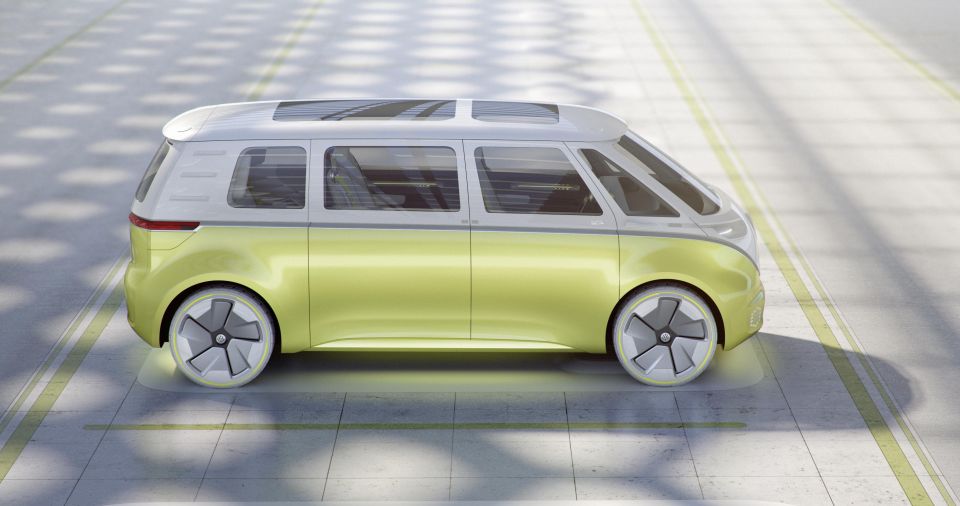

News Editor
Arguably the two most iconic Volkswagens in the brand’s history are the Beetle and the Kombi, and the latter has inspired a new, battery-electric flagship for the brand.
Autocar reports the production version of the Kombi-inspired ID. Buzz concept will wear the ID.7 nameplate when it’s launched in Europe in 2022 and will sit at the top of the brand’s electric vehicle line-up.
CEO Ralf Brandstätter also told Autocar he sees electric vehicles accounting for 55 per cent of the brand’s total sales by 2030, up from a previous projection of 35 per cent, as the company introduces ID-badged vehicles numbered one through seven.
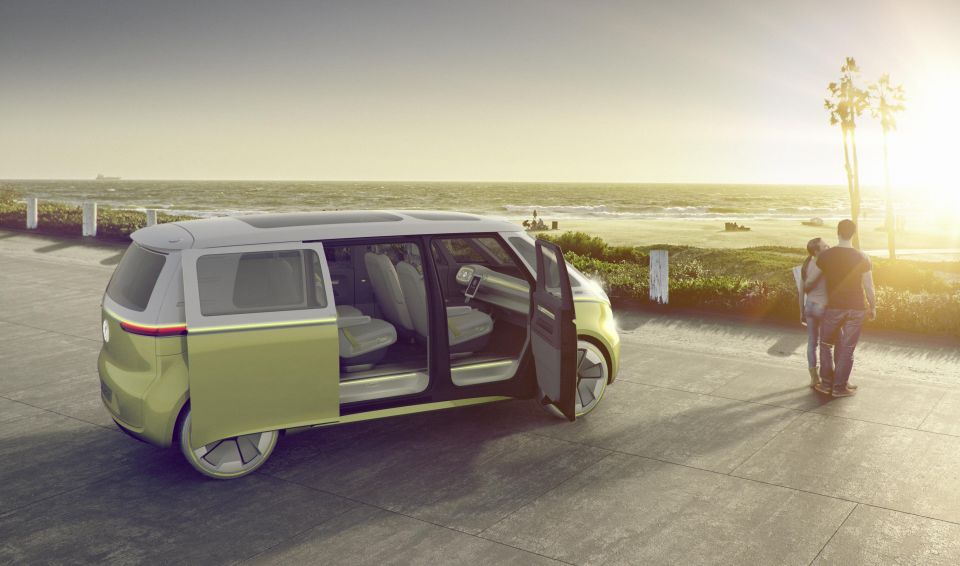
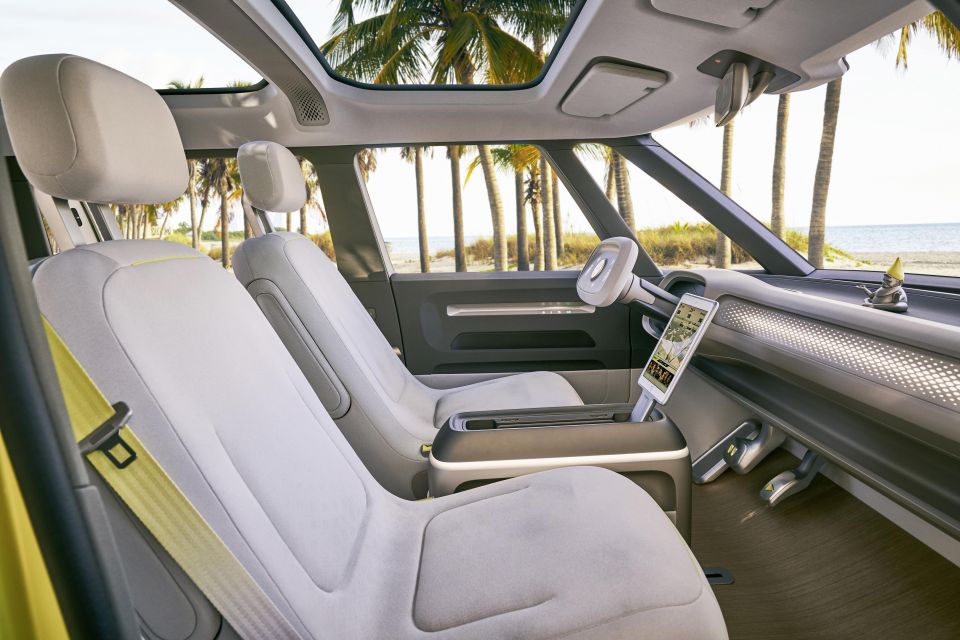
Brandstätter has called the ID.7 a halo car for the brand, which will be the largest vehicle to use the company’s MEB electric vehicle architecture.
It’ll use regular front doors and power rear sliding doors with a standard seven-seat layout over three rows of seating.
Volkswagen also plans to offer a commercial vehicle version, with both ID.7 variants to be produced alongside an electric version of the upcoming, seventh-generation Transporter at the company’s plant in Hanover, Germany.


A long-wheelbase version of the ID.7 will also be available though even the regular-length model will be a substantial 4962mm long, or 122mm longer than a Honda Odyssey.
The ID.7 will also measure 1985mm wide, an identical width to the current Kia Carnival. It’ll also be 141mm taller than the Kia at 1896mm tall.
In addition to offering both regular- and long-wheelbase ID.7 models, Volkswagen will also offer a choice of rear- and all-wheel drive.

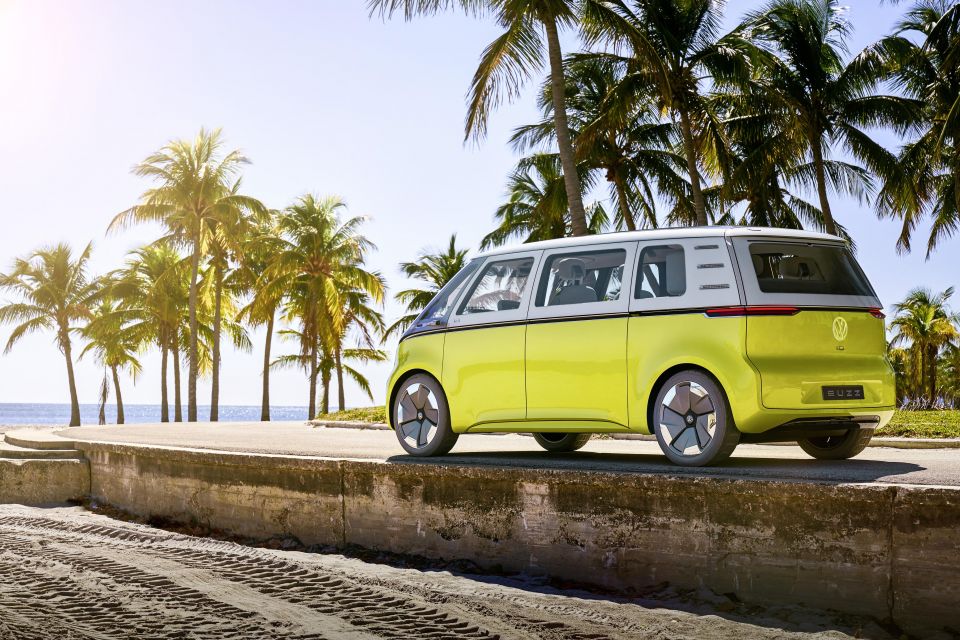
The standard battery will have an output of 82kWh, though the van’s bluff front will take a toll on aerodynamics and, in turn, its electric range.
“It won’t have a 700km [435-mile] range but something around 400km [248 miles] due to the aero,” said Brandstätter.
Volkswagen plans to offer a range of colour and trim combinations as well as some cute touches, like smiling emojis in the interior door handles and an ice scraper and bottle opener in the centre console bin.
The ID. Buzz concept was first revealed at the 2017 North American motor show and then at that year’s Geneva show, wearing styling “designed to recall the original Type 2 Microbus without mimicking it”.
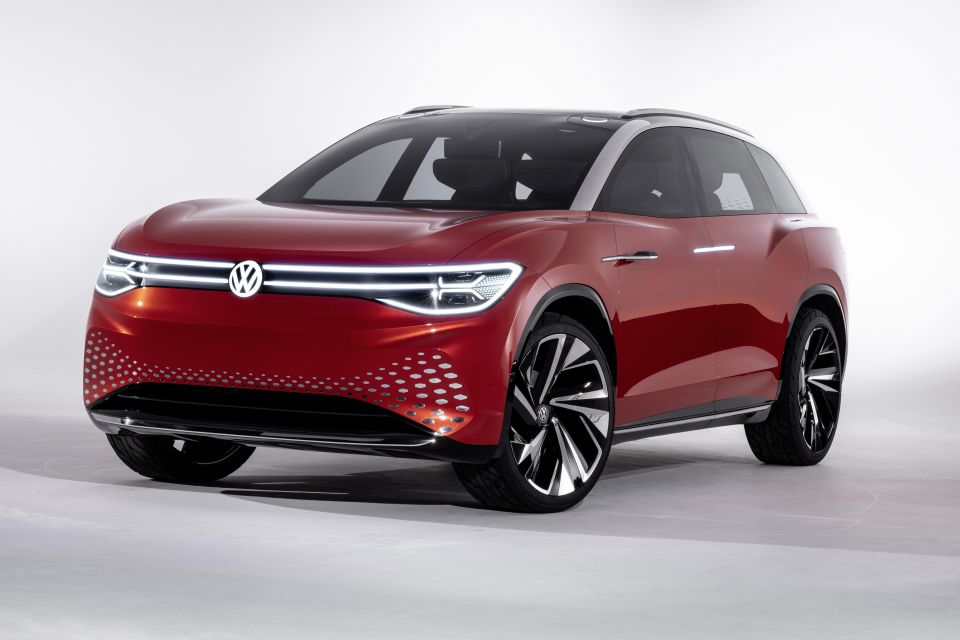
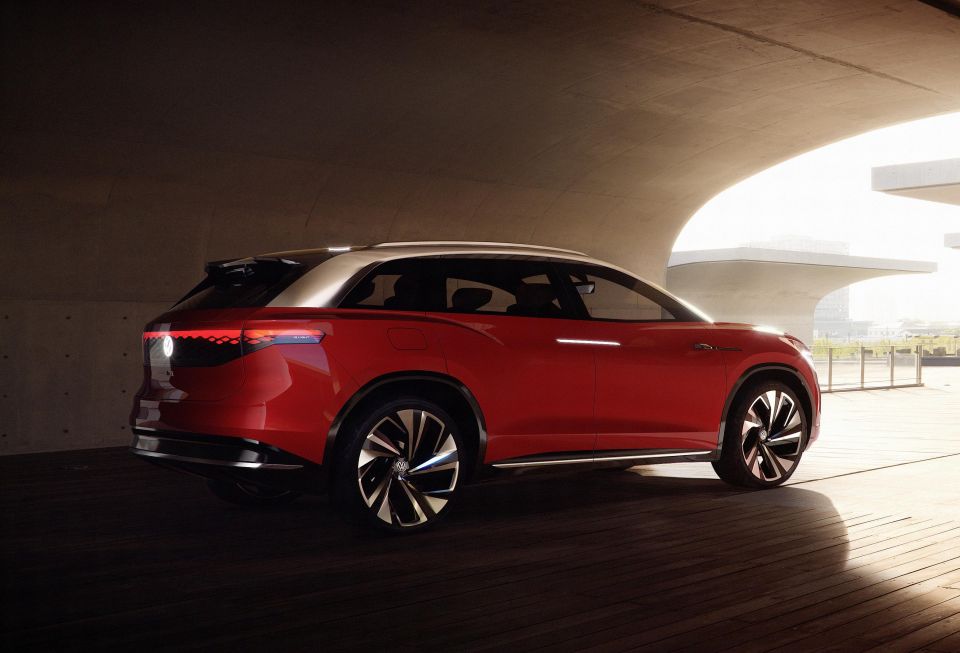
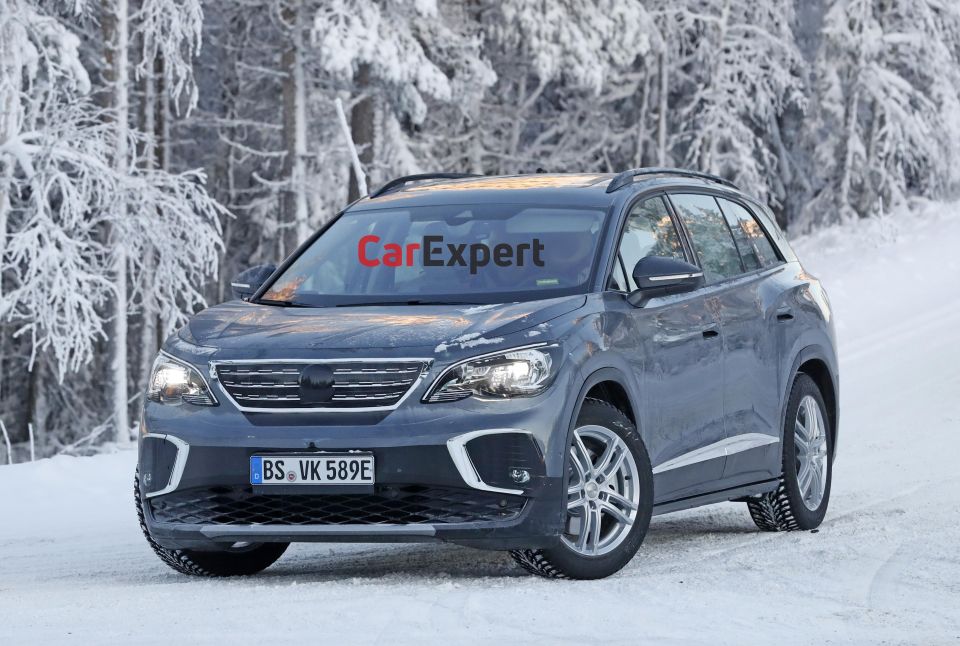
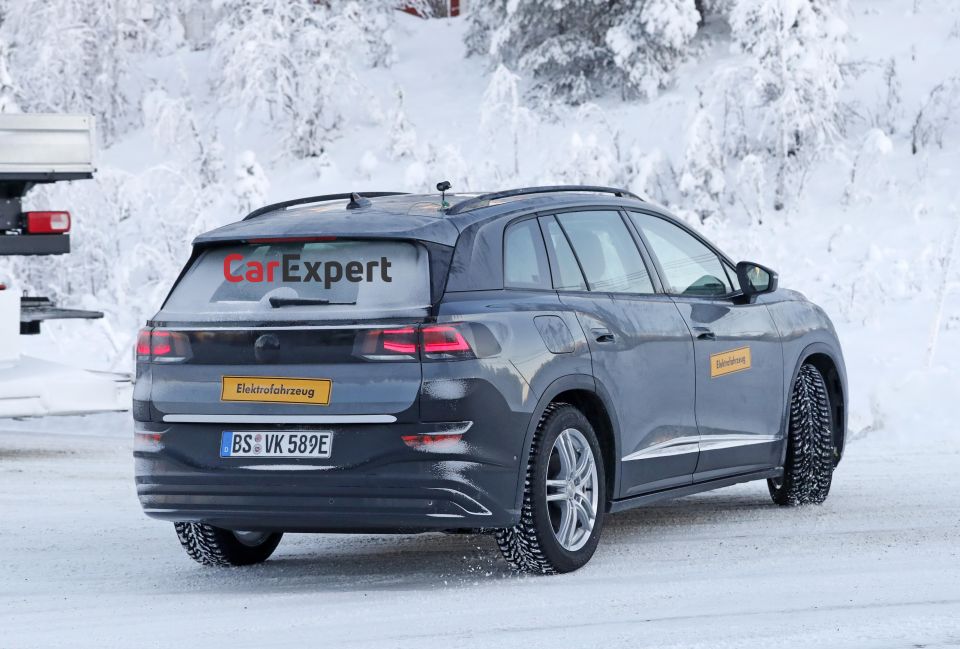
Volkswagen will offer another large vehicle on its MEB architecture, based on the Holden Acadia-sized ID Roomzz concept. It’s expected to be for Chinese consumption only, however.
At the other end of the Volkswagen line-up will be new ID.1 and ID.2 light cars that’ll be based on a more cost-effective ‘Lite’ version of the MEB platform.
These Lite models will use batteries up to 45kWh in capacity, which is currently the smallest battery size you can get in the ID.3 hatchback.
These cheaper models should help Volkswagen reach its more ambitious EV sales targets, particularly as nations like the UK introduce plans to ban the sale of new internal combustion engine-powered vehicles.

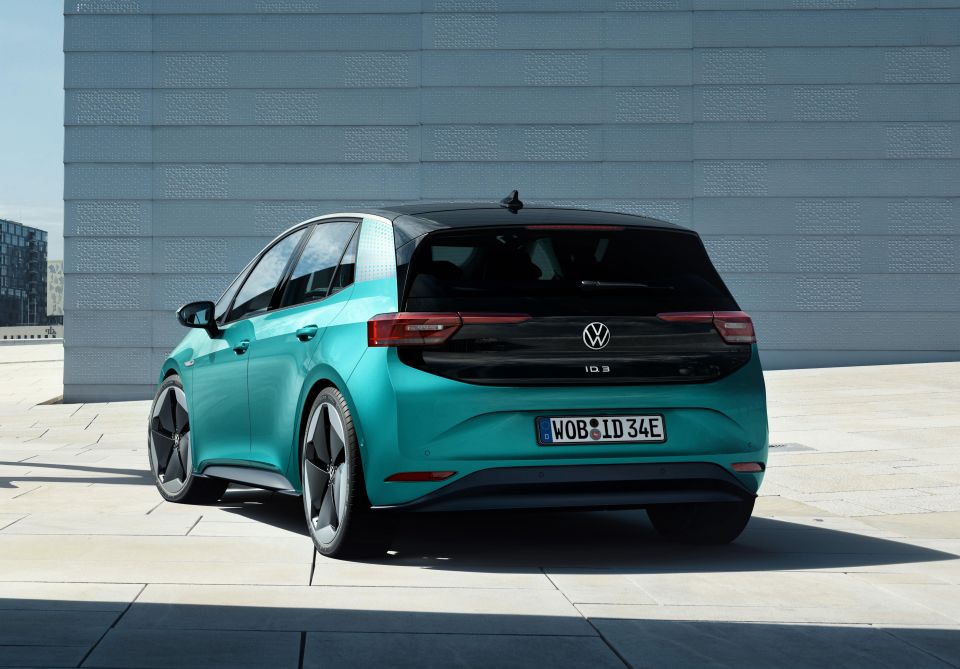
Existing ID. models won’t be ignored, either. The ID.3, the first ID. family member to launch will see increases to its charging power. The current maximum of 100kW will be upped to an available 130kW system mid next year, with a 170kW system available by year’s end.
Software updates should also see modest increases to the ID.3’s electric range.
We’ll be waiting a long time for the ID.3 and ID.4, with our lack of national CO2 standards kicking us down the priority list.
We’re at least three years away from seeing either model in local showrooms, while local launches have yet to be confirmed for any of the other ID. family members.


“Our expectation at the moment is that we’ll see the ID.3 or ID.4 – whichever one comes first in Australia – in the latter part of 2023. I’m not being deliberately vague on that, it’s simply that we don’t yet have a firm introduction date,” said Michael Bartsch, Volkswagen Australia’s managing director.
The Volkswagen Group is focusing heavily on its ambitious rollout of electric vehicles, with around 70 due to be released by 2030.
The company is investing €35 billion (A$57 billion) in the development of battery-electric vehicles alone over the next five years, while also investing an additional €11 billion (A$17.9 billion) in hybrid vehicles and €27 billion (A$43.9 billion) in software.
Where expert car reviews meet expert car buying – CarExpert gives you trusted advice, personalised service and real savings on your next new car.
William Stopford is an automotive journalist based in Brisbane, Australia. William is a Business/Journalism graduate from the Queensland University of Technology who loves to travel, briefly lived in the US, and has a particular interest in the American car industry.


James Wong
6 Days Ago


Max Davies
5 Days Ago


Josh Nevett
3 Days Ago


Max Davies
3 Days Ago


Max Davies
2 Days Ago


Derek Fung
1 Day Ago